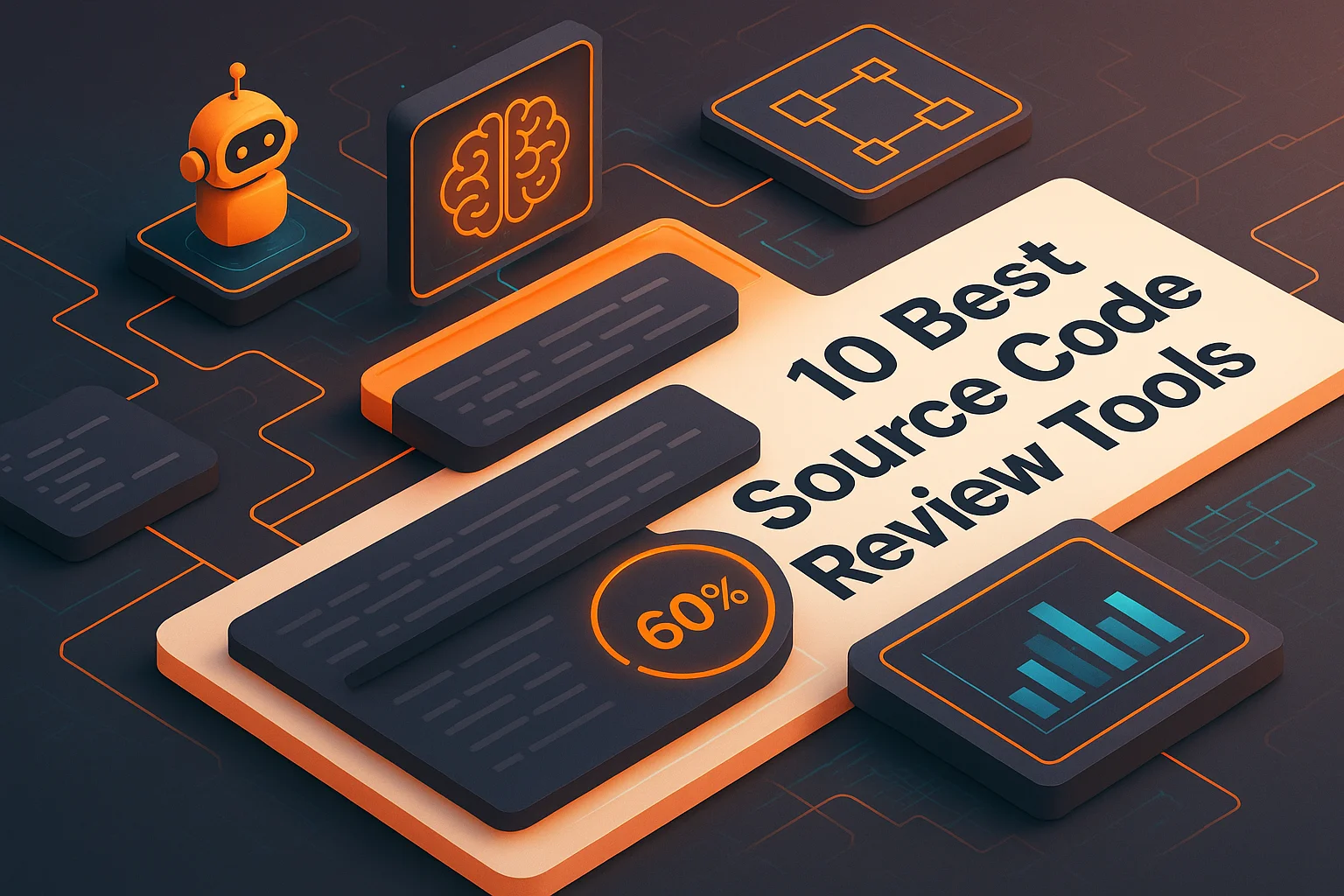Top 9 Automated Code Review Tools for Engineering Teams

Automated code review tools are essential for maintaining code quality and accelerating development in modern engineering teams. This comprehensive comparison examines the top 9 tools that are transforming how teams approach code review in 2025.
1. Propel - AI-Powered Intelligent Reviews
Propel leads the pack with advanced AI that learns from your team's patterns, providing contextual feedback and catching issues that traditional tools miss. Excellent integration with existing workflows and continuous learning capabilities.
2. GitHub Advanced Security
Native GitHub integration with strong security scanning capabilities. Excellent for teams already using GitHub, with good vulnerability detection and dependency scanning features.
3. SonarQube
Comprehensive static analysis with support for 30+ programming languages. Strong technical debt tracking and quality gate enforcement, though setup can be complex for smaller teams.
4. CodeClimate
Developer-friendly interface with excellent maintainability scoring and technical debt visualization. Good integration options and clear actionable insights for code improvements.
5. Veracode
Enterprise-focused security scanning with excellent compliance reporting. Strong for regulated industries but can be expensive for smaller teams.
6. DeepCode (now Snyk Code)
AI-powered vulnerability detection with good accuracy for security issues. Integrates well with CI/CD pipelines and provides real-time feedback during development.
7. Embold
Comprehensive code analysis with good visualization of code quality metrics. Provides detailed insights into design issues and anti-patterns.
8. Codacy
Easy setup with good coverage of code quality metrics and customizable rules. Affordable pricing makes it accessible for smaller teams and startups.
9. Reviewboard
Mature code review platform with extensive customization options. Better suited for teams that need fine-grained control over the review process.
Choosing the Right Tool
The best automated code review tool depends on your team size, technology stack, security requirements, and budget. Consider factors like integration ease, learning curve, and long-term scalability when making your decision.
Ready to Transform Your Code Review Process?
See how Propel's AI-powered code review helps engineering teams ship better code faster with intelligent analysis and actionable feedback.


